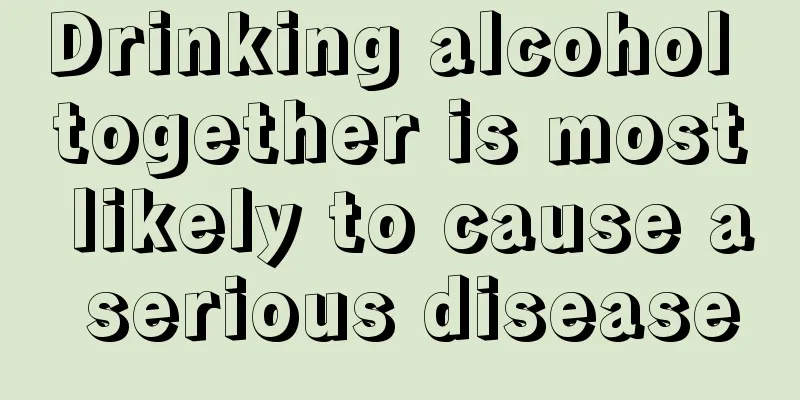What bacteria are there in life and how to kill them

|
Bacteria exist in all places of our lives and in every part of our bodies, and are interconnected with our daily lives. Bacteria are divided into many different types, and the hazards of bacterial groups of different types and quantities are also different. Bacteria within a normal number range often do not have too many adverse effects, but we must also pay attention to cleaning and sterilization to maintain the bacterial content in our lives within a normal range.
Everything we use in our daily lives is directly related to our health, and the bacteria lurking in hidden corners of our homes and offices, as well as in food and daily necessities, can cause great harm to our health. The editor would like to remind everyone not to ignore them. 1. Campylobacter Campylobacter is the most frequently diagnosed bacteria in food poisoning, usually transmitted through raw or undercooked poultry and unpasteurized milk. Campylobacter is not usually transmitted from person to person, but if a child has diarrhea, then the conditions for human-to-human transmission are met. In addition, it is possible to be infected with this bacteria from the feces of cats and dogs. Campylobacter is often difficult to diagnose because sometimes there are no symptoms, but generally there are obvious abnormalities, such as nausea and vomiting, diarrhea, abdominal cramps, fever, etc. Generally, it will take 2-5 days to return to normal. In severe cases, it may take 10 days to recover. 2. Salmonella Salmonella is commonly found in foods such as raw or undercooked eggs, poultry and meat, raw milk or dairy products, and seafood. In addition, some reptiles also carry this bacteria, such as lizards, turtles, snakes, etc. In most cases, if you are fighting salmonella, you will experience fever, diarrhea, abdominal cramps, and diaper rash in infants and young children. Symptoms begin to appear 8-48 hours after ingesting food contaminated with Salmonella and last for 1-2 days, or a week in severe cases. Even after recovery, the bacteria can continue to remain in the body for several months. Two-thirds of infections are among people under 20 years old.
It is spread through food and water, usually from cow feces. If humans are infected with this bacteria, then after using the toilet, the next person who uses the toilet within a short period of time will also be infected. E. coli can sometimes cause serious symptoms, such as bloody stools, abdominal pain, and persistent fever. It is definitely a very threatening bacteria. Symptoms usually appear within 8-48 hours after eating dirty things and can last for 2-5 days. 4. Botulism Botulism is a fairly rare condition, with about 110 cases reported in the United States each year. It is usually caused by Clostridium botulinum, which is widely distributed in the soil and can easily be spread through canned and pickled foods, especially homemade canned vegetables, pickled pork, ham, smoked fish, honey, corn syrup and other foods.
High temperature sterilization. High temperature is a common sterilization method and it is also the most effective sterilization method. Common methods include cooking, boiling water, and high temperature sterilization. Simple, effective and commonly used. Rinse with clean water. Using water can wash away bacteria, thus achieving a bacteria-free method. This method is often used to wash vegetables, fruits, etc. The method is simple and commonly used. Drug sterilization, common ones include drug disinfectants and disinfectants, which are often used for wound sterilization and place sterilization. This is also a common sterilization method. Ultraviolet sterilization is the sterilization of solar ultraviolet rays. It is commonly used to sterilize clothes, towels, skin, etc. Ultraviolet rays can sterilize a large area, but cannot kill bacteria in the water. Bacteria in water can be easily sterilized by high temperature. Drying does not provide bacteria with substances they need and can inhibit bacterial growth. This method is used to prevent bacterial growth and to deny bacteria the environment and substances to grow, thereby achieving a sterilization effect. Precautions There are many other methods of sterilization, these are the most common ones. |
<<: How to get rid of bloodshot on the face
>>: Describe the indications and contraindications of cupping?
Recommend
What are the hazards of Wifi to the body?
Wireless networks are now almost ubiquitous. Sinc...
What does a stool test check?
As a kind of examination in daily life, stool exa...
What are the reasons why early-stage colorectal cancer is ignored?
What are the reasons why early-stage colorectal c...
Early symptoms of uterine cancer
Early symptoms of uterine cancer: The early sympt...
How to wash ink off clothes
For most mothers, they may encounter a situation ...
What's the matter with spots on the face
The improvement of people's living standards ...
What are the effects of soaking your feet in mugwort and ginger
Many people soak their feet every night because i...
Are anti-blue light glasses useful
Nowadays, there are many things around us that ha...
Can early tongue cancer be cured?
Tongue cancer is also a cancer that makes everyon...
Detailed explanation of the causes of kidney tumors
Nowadays, more and more patients are suffering fr...
Why does my shoulder joint hurt when I do bench press in the gym?
In recent years, people are more and more fond of...
What to do if you have insomnia due to worry
Many people will suffer from diseases in their li...
Is there still a chance to have a child if you have an ovarian tumor?
Many women in cities often neglect their health d...
Abdominal pain relieved after farting
The human stomach and intestines are moving norma...
Adrenal action
The main function of the adrenal gland is to main...









